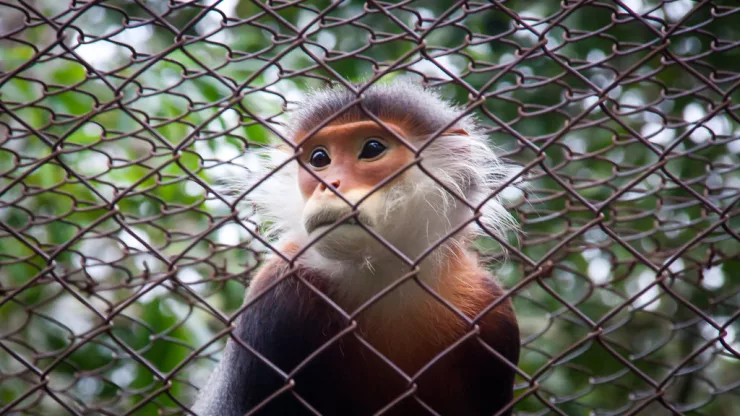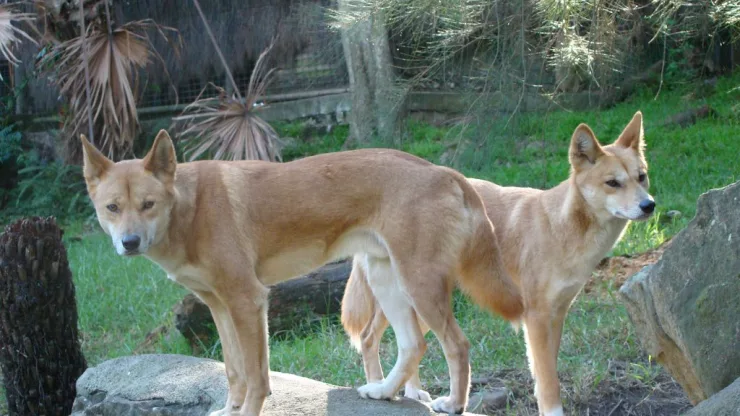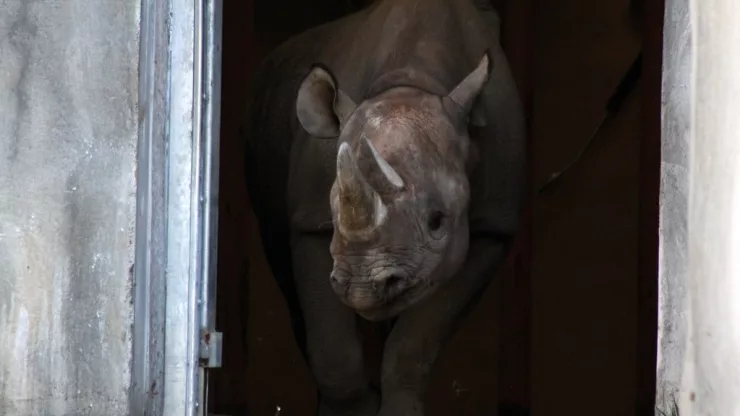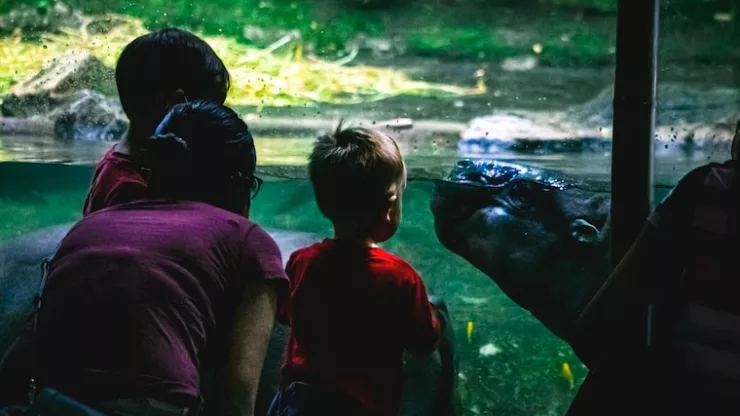The Journey of Rehabilitation: Wildlife Rescue Centers Around the World
Wildlife Rescue Centers and Their Important Role
Wildlife rescue centers serve as a vital link in the rehabilitation and release of animals that have been injured, orphaned, or confiscated from the illegal wildlife trade.
These centers offer specialized care and support to animals that require medical attention, rehabilitation, and training to adapt to their natural habitats before being released back into the wild.
The work done by these centers is critical for the conservation and protection of wildlife species, many of which are endangered.
Jump to Section
From the Americas to Asia: The Global Network of Rehabilitation Centers
Wildlife rescue centers exist in every corner of the world, from South America to Asia, and from Africa to Europe.
These centers vary in size, capacity, and focus, depending on the region’s wildlife and the challenges they face.
Some centers focus on marine animals, while others specialize in birds of prey, primates, or large mammals.
The following table provides a snapshot of the number of wildlife rescue centers globally, sorted by region:
| Region | Number of Rescue Centers |
|---|---|
| North America | 236 |
| South America | 61 |
| Europe | 98 |
| Africa | 109 |
| Asia | 252 |
| Oceania | 62 |
Meet the Staff and Volunteers: Their Passionate Work
Wildlife rescue centers rely heavily on the dedication and passion of their staff and volunteers.
These individuals work tirelessly to ensure that the animals under their care receive the best possible treatment and training to prepare them for their eventual release.
They must be skilled in animal husbandry, veterinary medicine, and rehabilitation, as well as be able to work in challenging conditions and environments.
The following table provides an overview of the roles and responsibilities of the staff and volunteers at wildlife rescue centers:
| Role | Responsibilities |
|---|---|
| Veterinarian | Medical treatment and surgery |
| Wildlife Rehabilitator | Care, feeding, and training |
| Animal Behaviorist | Training and preparation for release |
| Volunteer | Assisting in daily care, feeding, and maintenance |
Success Stories: Animals That Overcame and Returned to the Wild
The work done by wildlife rescue centers is not without its rewards.
Over the years, many animals have been successfully rehabilitated and released back into the wild, thanks to the efforts of these centers.
These success stories serve as a reminder of the importance of wildlife conservation and the role that rescue centers play in achieving this goal.
The following table provides a snapshot of some of the species that have been successfully rehabilitated and released back into the wild:
| Species | Region | Success Rate |
|---|---|---|
| Bald Eagle | North America | 80% |
| Giant Panda | Asia | 90% |
| African Elephant | Africa | 75% |
| Grey Seal | Europe | 85% |
| Koala | Oceania | 70% |
Wildlife rescue centers play a crucial role in the conservation and protection of endangered species.
These centers offer specialized care and support to animals that require medical attention, rehabilitation, and training to adapt to their natural habitats before being released back into the wild.
The dedicated staff and volunteers at these centers work tirelessly to ensure that the animals receive the best possible treatment and training to prepare them for their eventual release.
By supporting these centers, we can all play a role in safeguarding the future of our planet’s wildlife.
FAQ
How can I help support wildlife rescue centers?
There are many ways to support wildlife rescue centers, such as making a donation, volunteering your time and skills, or adopting an animal.
Many centers also offer educational programs or merchandise that you can purchase to support their work.
What happens to the animals that cannot be released back into the wild?
In some cases, animals that cannot be released back into the wild due to their injuries or other conditions may become permanent residents at the rescue center.
These animals serve as ambassadors for their species, helping to raise awareness about the importance of wildlife conservation.
Are all wildlife rescue centers the same?
No, wildlife rescue centers vary in size, capacity, and focus, depending on the region’s wildlife and challenges they face.
Some centers focus on marine animals, while others specialize in birds of prey, primates, or large mammals.
How long does it take to rehabilitate an animal?
The time it takes to rehabilitate an animal varies depending on the species, the extent of their injuries, and their physical and behavioral responses to treatment.
Some animals may require only a few weeks or months of care, while others may need years.
Can anyone volunteer at a wildlife rescue center?
Most rescue centers require volunteers to undergo training and background checks before they can begin working with the animals.
Volunteering at a rescue center requires a significant commitment of time and energy, so it is important to consider whether you have the necessary skills and resources before applying.
What can I do to prevent wildlife from needing rescue?
There are many things that individuals can do to help prevent wildlife from needing rescue, such as reducing their use of single-use plastics, supporting sustainable and ethical products, and avoiding the purchase and sale of wildlife products.
Education and awareness about the importance of wildlife conservation are also essential.
I’m a nature enthusiast and creator of Metro Wilds and have spent years exploring the great outdoors.
With a passion for environmental conservation and sustainability, I have dedicated my career to writing about the beauty and wonders of nature, as well as the threats facing our planet.
Contact me at [email protected] for assistance.





